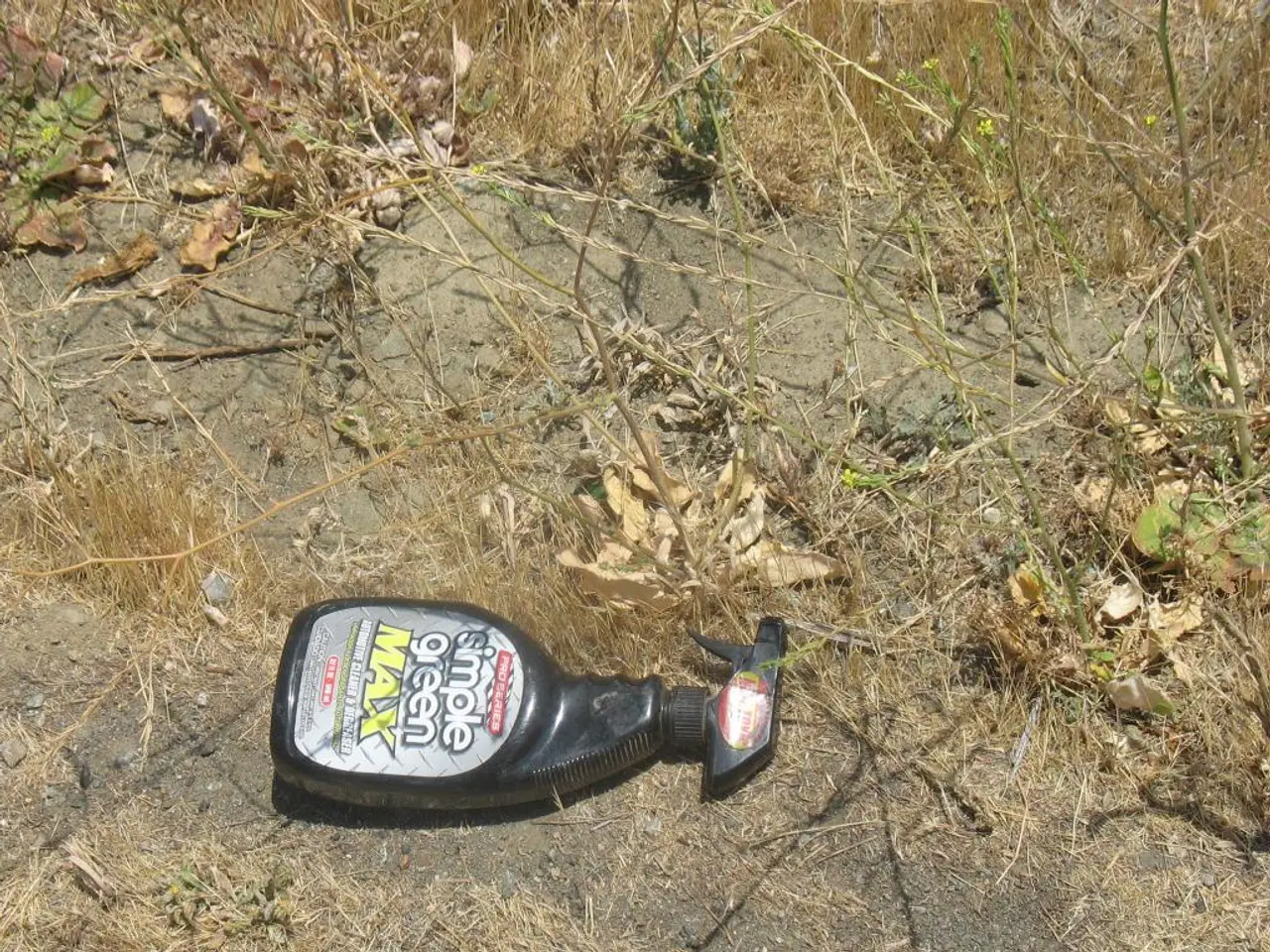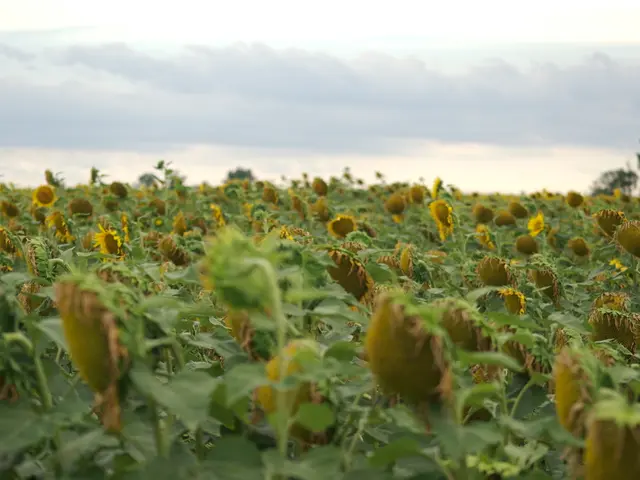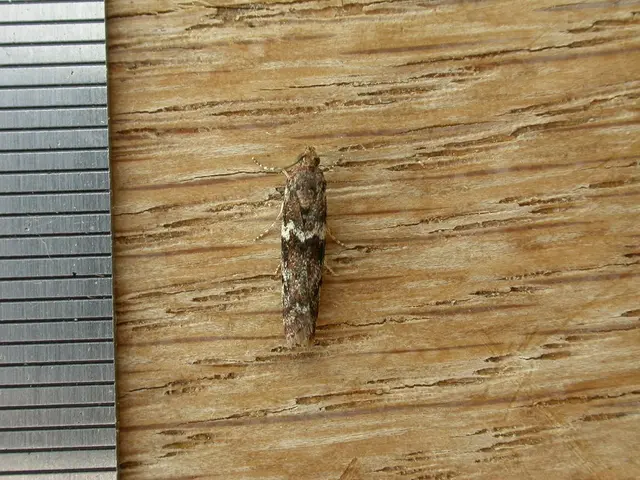Enhancing Soil Fertility: Strategies for Successful Composting
================================================================
Sterilizing soil before adding nutrients is an essential step in recycling it for home gardening. This process kills off harmful pathogens, viruses, seeds, and pests that could harm your plants. In this article, we will explore various methods for sterilizing soil, as well as guidelines for its safe disposal.
Methods for Soil Sterilization
- Oven Sterilization: Baking soil in an oven at 180-200 degrees Fahrenheit for about 30 minutes can effectively sterilize it. However, this method can be messy and produce an unpleasant smell.
- Pressure Cooker: Filling a pressure cooker with water, placing soil in glass jars or containers, covering with foil, and steaming at 10 pounds of pressure for 15-30 minutes is another method. This method ensures thorough sterilization without the need for high temperatures, but it requires special equipment.
- Microwave Sterilization: Placing moistened soil in a microwavable container, covering with a lid, and heating on full power for 90 seconds per two pounds of soil is a quick and convenient method for small amounts of soil.
- Solarization: This method involves placing soil in lidded buckets or black plastic bags and leaving it in direct sunlight for 4-6 weeks. Solarization is a safe and effective way to sterilize soil, but it can take several weeks.
Temperature and Sterilization
- Heating the soil to 145°F for 30 minutes will kill off most viruses, diseases, fungi, and mould.
- Further raising the temperature to 180°F will render all weed seeds non-viable.
- Increasing the temperature to 160°F will eliminate soil-borne insects.
- To eradicate all heat-resistant viruses and seeds, a temperature of 212°F for 30 minutes is necessary.
Recycling and Amending Soil
To replenish nutrients in the soil, mix in equal parts of new potting soil and compost. For improved drainage, add amendments like perlite or sand.
Disposing of Sterilized Plant Soil
Disposing of sterilized plant soil, such as soil treated with soil sterilants or coming from diseased or pest-infected plants, requires careful consideration to avoid environmental harm and disease transmission. Here are some guidelines for its proper disposal:
Steps for Disposing of Sterilized Plant Soil
- Check Local Regulations: First, ensure that you are complying with local regulations regarding the disposal of treated soil. Some local waste management systems may have specific procedures for handling chemically treated materials.
- Use in Non-Edible Contexts: If the soil has been used with diseased or pest-infected plants, consider using it in non-edible contexts such as flower beds or pathways where it won't contaminate edible gardens.
- Avoid Composting: Composting is generally not recommended for soil that has been treated with chemicals or contains pathogens. These can persist in the compost and potentially harm plants.
- Dispose Through Municipal Waste: If the soil is not suitable for reuse, it should be disposed of through municipal waste collection. Seal the soil in a plastic bag to prevent spillage and contamination.
- Consider Professional Disposal Services: For large quantities or highly contaminated soil, consider hiring a professional waste removal service that specializes in handling potentially hazardous materials.
Additional Considerations
- Environmental Impact: Be mindful of the environmental impact of chemical treatments. Over time, these chemicals can leach into the soil and affect water quality.
- Record Keeping: If you are dealing with regulated materials or practices, maintain detailed records of how the soil was treated and disposed of. This can be useful for compliance and traceability purposes.
By following these steps, you can ensure that sterilized plant soil is disposed of safely and responsibly.
Adding Nutrients and Storing Sterilized Soil
Adding slow-release fertilizer pellets can provide a steady supply of nutrients to your plants. Store sterilized and amended soil in covered buckets, clean trash cans, or tubs with lids until you are ready to plant again.
In conclusion, proper soil sterilization and disposal are crucial steps in maintaining a healthy and productive home garden. By understanding the various methods for sterilizing soil and following the guidelines for its disposal, you can ensure a safe and enjoyable gardening experience.
- Engaging in both science and health-and-wellness, the sterilization process for soil in home-and-garden projects helps to promote the growth of disease-free plants by eliminating harmful pathogens, viruses, seeds, and pests.
- For individuals seeking a more holistic approach to lifestyle, mixing equal parts of new potting soil and compost can replenish nutrients in the sterilized soil, while adding amendments like perlite or sand improves the soil's drainage.
- In the realm of fitness-and-exercise, maintaining a thriving home-and-garden, including gardening tasks and proper soil disposal practices, contributes to overall well-being and acts as a stress-relieving activity.





